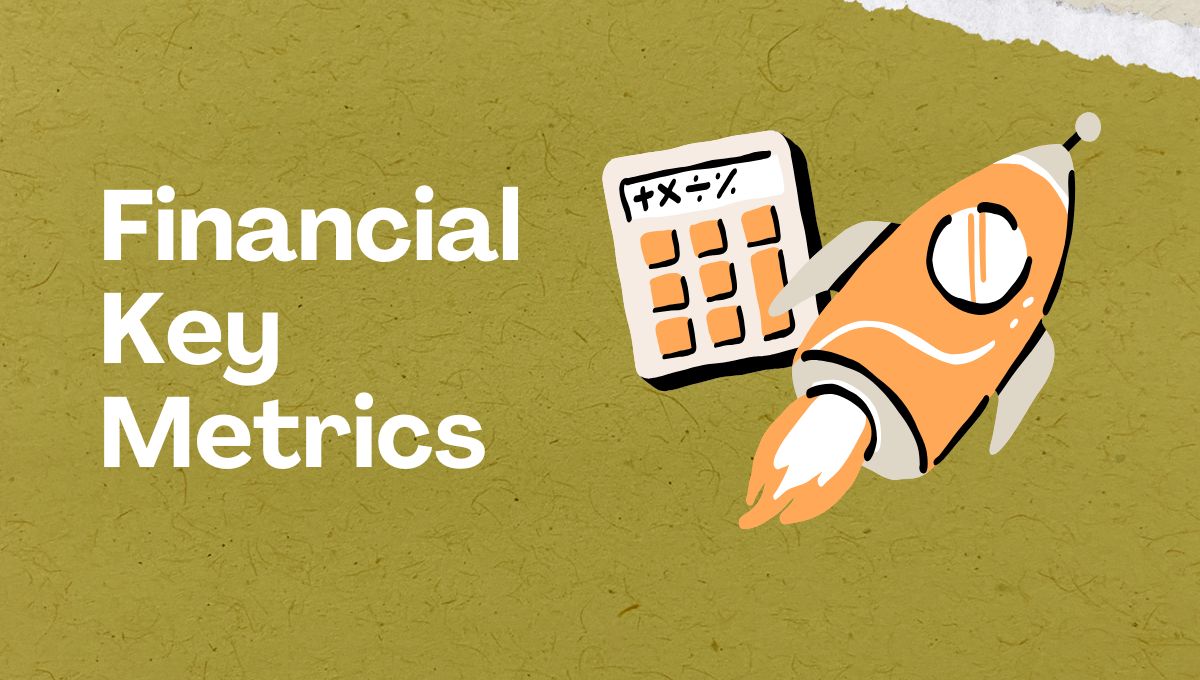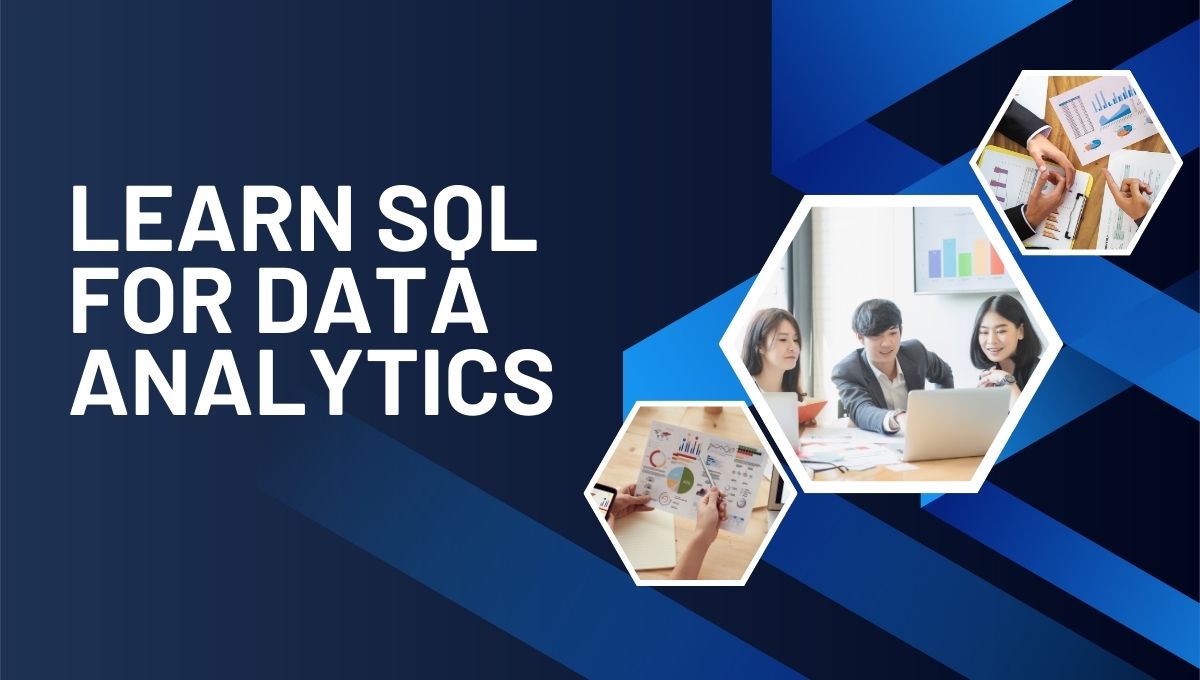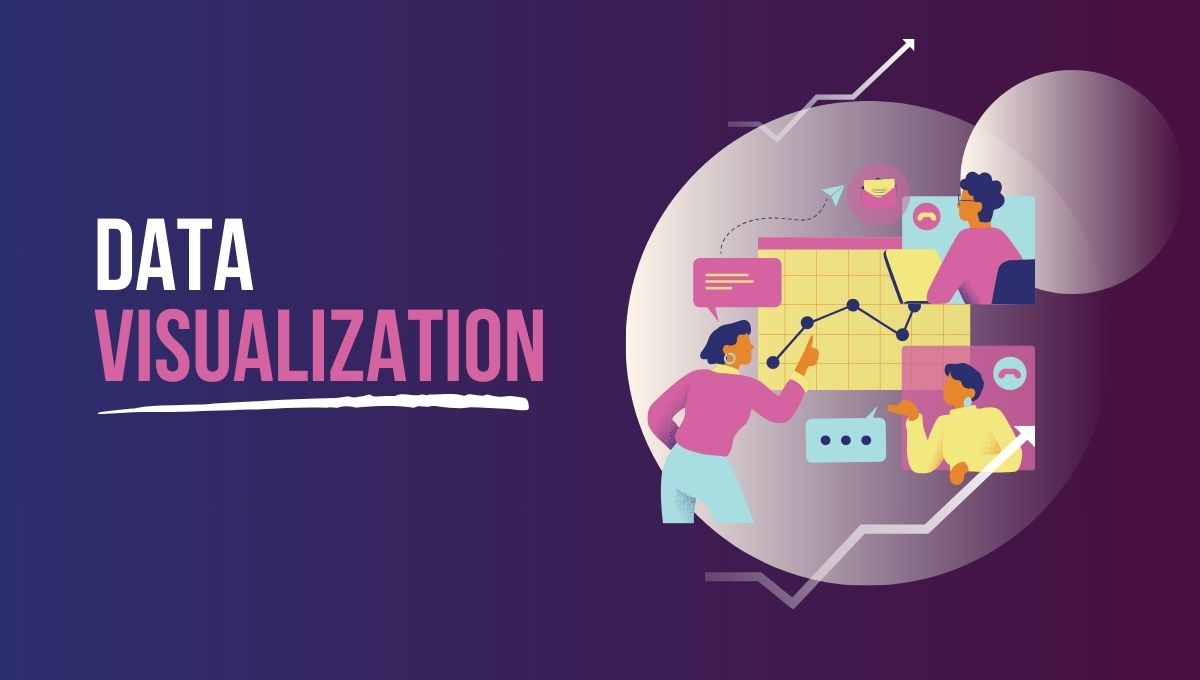Understanding financing is no longer a priority of accountants or CFOs; it is essential for all professionals applying for a new position or job, as well as for everyone who wants to make successful decisions in their lives.
In this post, we will understand the financial metrics every professional should know about and use them to provide you with valuable information. If you are a corporate employee or you run your own company, this guide will help you empower yourself with knowledge of what a financial outlook looks like.
Why do financial metrics matter?
Financial metrics are the scorecard of an organisation. They help measure performance, track growth, and identify areas for improvement. However, understanding these metrics isn’t limited to just businesses; they empower individuals to make smarter career and investment decisions.
Financial analysis, also called accounting analysis or finance analysis, assesses the viability, stability, and profitability of a business, sub-business, project, or investment.
Have you ever wondered why one company thrives while another struggles despite being in the same industry? The answer often lies in their financial metrics.
Let’s dive into the basic financial metrics that act as a compass for business success and personal financial growth.
Key Points About the Basic Financial Metrics:
-
Understanding performance:
Revenue growth, gross and net profit margins, rates of return, including return on equity, measure organisational performance in a bid to determine organisational efficiency.
-
Guiding investment decisions:
Companies use financial ratios to compare the performances of different organisations and select the right organisation in which to invest.
-
Assessing loan eligibility:
Credit scores assess a firm’s ability to repay loans and serve as a financial reliability tool.
-
Driving internal decisions:
The reasons for using financial measures are that the management teams use metrics as indicators of problems that may require, for example, cost cuts or improvements in productivity.
Examples of Financial KPIs:
- Profitability metrics: Net income, gross profit margin, and operating margin.
- Liquidity metrics: Accounts receivable, inventory, current ratio, quick ratio, and cash flow.
- Solvency metrics: Debt-to-equity ratio.
- Efficiency metrics: Inventory turnover and account receivable turnover.
- Return on investment metrics: Return on equity (ROE).
This demonstrates that it is impossible to ignore the use of key metrics in financial analysis as a component of enhancing business dynamics and performance. They bring in a level of discipline so that when faced with certain decisions, it’s not guesswork but based on data. These are important indicators that are useful in everything ranging from assessing performance to seeking capital to forecasting for the future.
Revenue Growth
Revenue growth is a straightforward yet powerful metric. It answers the simple question: Is the business earning more than it did before?
Why It Matters
For professionals, understanding revenue growth offers a window into a company’s market positioning. A consistent increase signals expansion and potential job stability, while declining revenue might raise red flags.
How to Calculate It
Revenue Growth (%) = (Current Year Revenue−Previous Year Revenue/Previous Year Revenue) x 100
Net Profit Margin: Measuring Efficiency
If revenue is the lifeblood, profit is the oxygen. The net profit margin reveals how much of the revenue remains as profit after deducting all expenses.
Why It Matters
A higher margin indicates operational efficiency. For instance, a tech company with a 25% margin is far more efficient than a retail store with just 5%.
How to Calculate It
Net Profit Margin (%)=(Net Profit/Revenue)×100
Current Ratio
The current ratio indicates whether a company can meet its short-term obligations. It’s a simple yet critical measure of financial health.
For professionals, understanding a company’s liquidity can hint at its stability. For example, a ratio below 1 signals potential financial stress.
How to Calculate It
Current Ratio= Current Assets/Current Liabilities
| Company | Current Assets (INR Crores) | Current Liabilities (INR Crores) | Current Ratio |
| A | 300 | 200 | 1.5 |
| B | 150 | 200 | 0.75 |
Return on Equity (ROE)
ROE highlights how effectively a company uses shareholders’ equity to generate profits.
A strong ROE reflects solid management and growth potential. It’s a favourite metric for investors but equally valuable for professionals assessing an organisation’s performance.
How to Calculate It
ROE (%)= (Net Income/Shareholder Equity) x 100
Debt-to-Equity Ratio
This metric examines the proportion of debt used compared to equity. Think of it as a company’s risk thermometer.
A high debt-to-equity ratio could signal financial distress. For example, during economic slowdowns, companies with heavy debt may struggle to survive.
How to Calculate It
Debt-to-Equity Ratio= Total Liabilities/Shareholders’ Equity
How Financial Key Metrics Drive Careers
Understanding financial metrics meaning isn’t just for investors. It can transform how you approach your job role. For instance:
- As a marketing manager, tracking revenue growth helps align campaigns with sales goals.
- As a project lead, knowing financial key metrics can optimise budgets.
Learning key metrics in financial analysis helps you achieve higher status in your professional role regardless of your position in team management or process optimisation.
How to Strengthen Your Financial Acumen?
If you’re wondering where to start, taking a financial accounting course can build a strong foundation. Students can practice what they learn through interactive training in these educational programmes.
Compared to most theoretical courses, these courses offer more than just practical knowledge; they build you up to prepare you to tackle real-life issues.
Finally, by engaging with such ideas as understanding what financial numbers mean, how to develop the budget, how to analyse profit, and how to deal with cash flow skills, you can easily analyse data and apply them to your professional practice.
For instance, you’ll learn to:
- What do the profitability or liquidity ratios tell one about a particular company as a method of determining its health?
- Prepare accounting reports that will help in the decision-making process and in the formulation of the organisations’ strategies.
- Know the fundamental financial ratios within various sectors of the economy that will enable you to engage with finance personnel.
In addition, understanding such an area as financial accounting means investing in personal development, improving your resume, and, therefore, standing out in the current highly competitive world. It provides you with skills applicable to every career path, making sure that hardship is well handled whether you are in a corporation, your own venture, or venturing into the job market.
Postgraduate Financial Accounting and Management Programme by Imarticus Learning
Today, financial literacy is no longer an option—it is a necessity. Regardless of whether you are in business or in a career, it is imperative to understand financial metrics meaning. Start small, dive into the basics, and gradually build your expertise.
Collaborate with top financial leaders like a Chief Financial Officer, driving strategic initiatives and shaping an organisation’s success. With Imarticus Learning’s Postgraduate Financial Accounting and Management Programme, you can turn that vision into reality!
Get knowledge from finance experts with more than 15 years of expertise in the field. Get tips and practical wisdom that connect concepts to real-world situations. Dive into business scenarios and interactive exercises. These interactive learning opportunities enable you to interpret information effectively, take thought-out actions, and develop job-ready abilities that are in demand by employers.
The Postgraduate Financial Accounting and Management Programme goes beyond being a class. Whether you’ve recently graduated or are eyeing a move into financial management roles, this financial accounting course will provide you with the resources and expertise to excel in your endeavors.
Enrol now and unlock your potential with Imarticus Learning.










